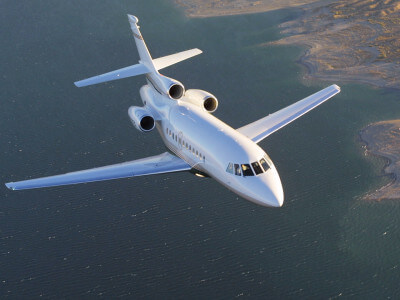Sustainable development and Business Aviation: remarkable improvements
The aircraft manufacturers have made remarkable progress. Developments in materials, technologies and aerodynamics have resulted in weight gains and significant fuel consumption.
The surface area covered by aircraft noise has diminished considerably: it evolved 140 km2 for a Boeing 707 in 1960 up to 2.6 km2 for a large modern airliner. With the new generation of aircraft, it will be confined within the airport.
From the beginning the airlines were willing to improve their technical performance, flight safety and competitiveness. Among the important budget items, they have constantly searched for to reduce their fuel consumption.
The world air transport is only 13% of greenhouse gas emissions associated to the transportation sector. (FNAM)
The Business Aviation Sector’s commitment to the environment is demonstrated by the remarkable improvements in environmental performance delivered over the last half century.
Short range business aircraft propellers powered by turboprops are the most fuel efficient in their category.
Recent business jets incorporate the latest advances in technology to reduce their fuel consuption and their noise.
Business aviation has established an excellent record of consistently improving fuel efficiency, delivering 40 percent improvement over the past 40 years.
Business aviation’s worldwide carbon emissions are approximately 2% of all aviation and 0,04% of global man-made carbon emissions.
(EBAA)



